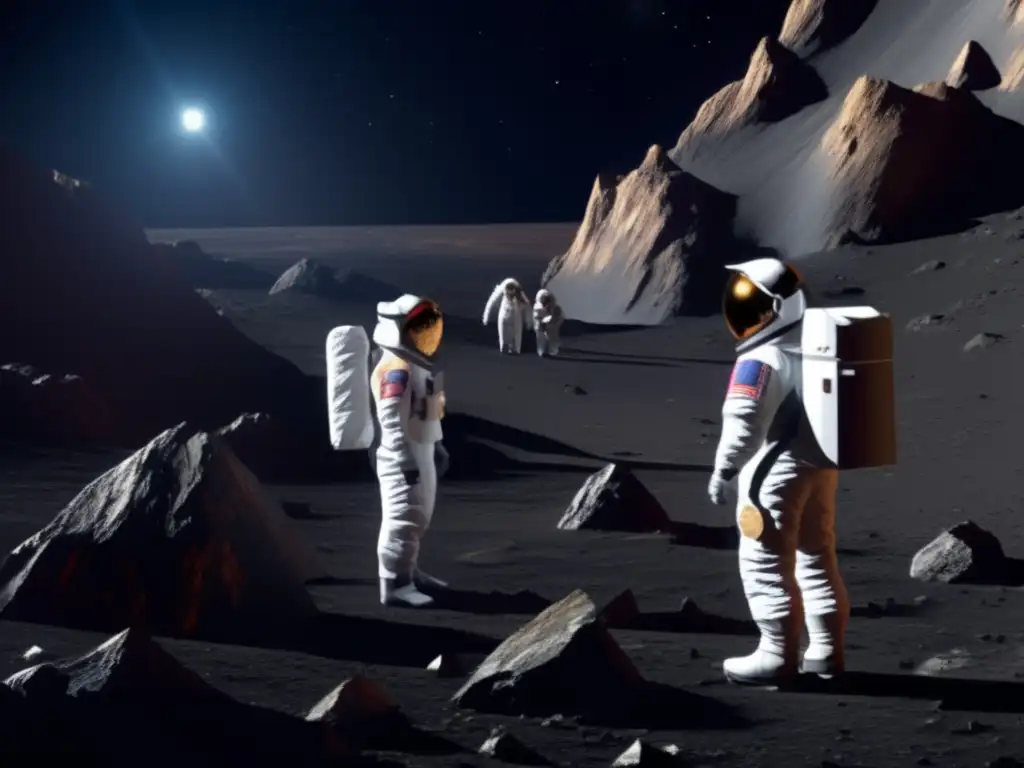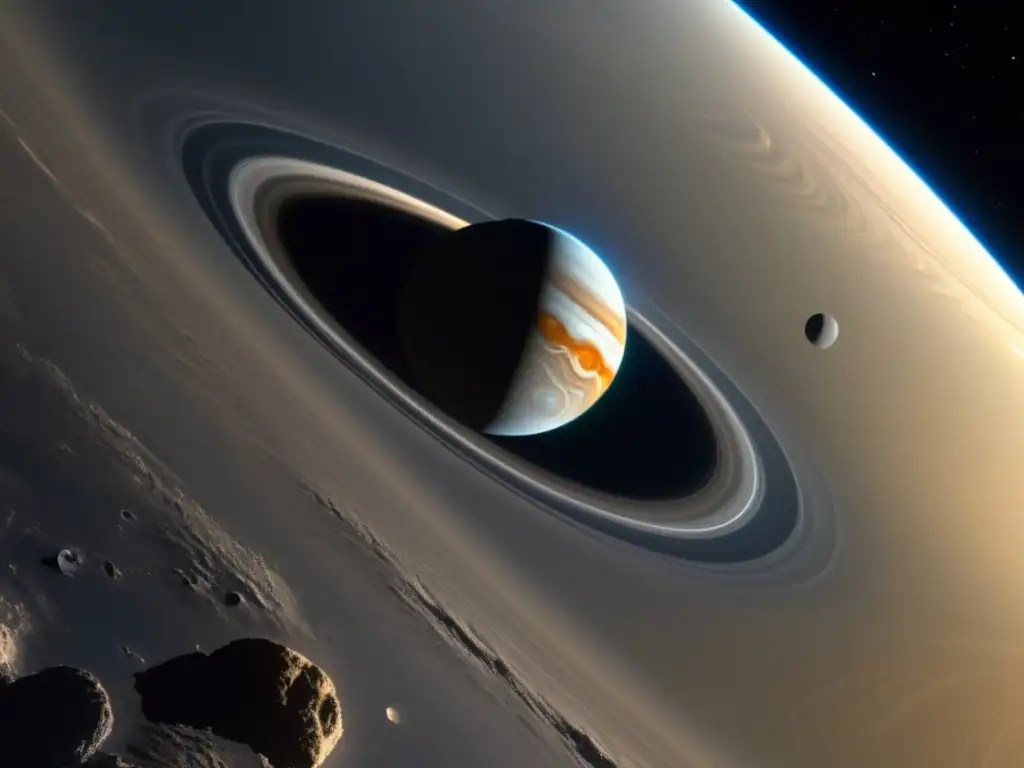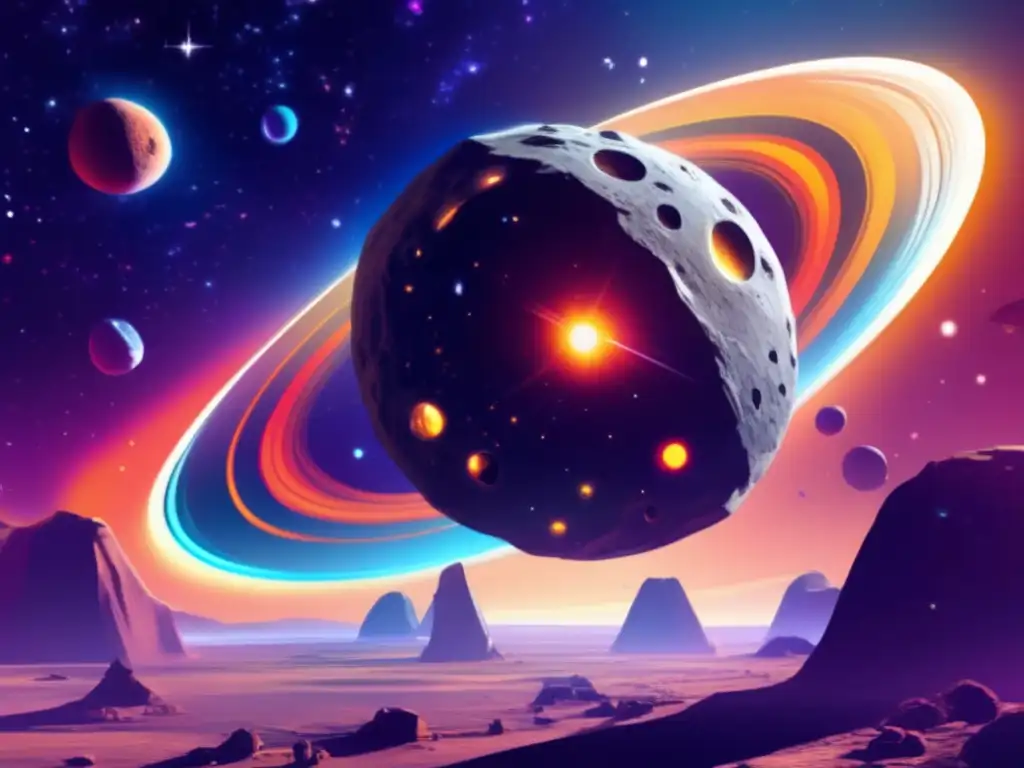Unveiling The Secrets Of The Asteroid Juno

Introduction
Welcome to Asteroid Realm, where we explore the fascinating world of asteroids. In this article, we will delve into the mysteries surrounding the asteroid Juno. Juno is one of the largest and most intriguing asteroids in our solar system, and studying it can provide valuable insights into the formation and evolution of our celestial neighborhood. Let's uncover the secrets of Juno together.
The Discovery of Juno

Early Observations
Discovered by Karl Ludwig Hencke on September 1, 1804, Juno was the third asteroid to be identified, after Ceres and Pallas. Hencke initially named the asteroid Juno after the Roman goddess of marriage and childbirth.
Characteristics and Orbit
Juno has an average diameter of about 233 kilometers and orbits the Sun at a distance of approximately 2.67 astronomical units (AU) from Earth. Its orbit is slightly inclined and moderately eccentric, bringing it closer to the Sun than Mars at perihelion and taking it out beyond the main asteroid belt at aphelion.
Physical Properties
Through telescopic observations and spacecraft flybys, scientists have determined that Juno has a rocky composition, similar to other asteroids. It is believed to contain various minerals, including silicates and iron-nickel alloys. Juno's surface exhibits numerous impact craters, evidence of its tumultuous journey through the cosmos.
Asteroid Origins and Evolution

The Formation of Juno
Juno, like other asteroids, is thought to have originated from the protoplanetary disk of gas and dust that surrounded the young Sun. As material accreted and collided, small bodies, such as Juno, gradually formed. These asteroids offer unique insights into the early stages of our solar system's formation.
Orbital Dynamics and Interactions
Juno's interactions with other celestial bodies, such as gravitational encounters with planets and other asteroids, have influenced its orbit over billions of years. Studying these dynamics can help us better understand the intricate dance of objects in our solar system.
Impact on Terrestrial Life
Asteroids, including Juno, have had significant impacts on the development and evolution of life on Earth. The collision of an asteroid with our planet is believed to be responsible for the mass extinction event that wiped out the dinosaurs millions of years ago. By studying asteroids like Juno, we can gain insights into the role they play in shaping the history of life on Earth.
Unraveling Juno's Mysteries

Spacecraft Missions and Exploration
To unlock Juno's secrets, scientists have undertaken several spacecraft missions to study this intriguing asteroid up close. These missions, including NASA's Dawn and ESA's Hera, have provided valuable data on Juno's composition, surface features, and internal structure.
Future Research and Discoveries
The exploration of Juno is an ongoing endeavor, and future missions are planned to further enhance our knowledge of this asteroid. Advanced imaging techniques, spectroscopy, and sample return missions hold the promise of revealing even more about Juno's origins and evolution.
Potential Utilization and Threat Mitigation
As scientists learn more about asteroids like Juno, their potential as resources for future space exploration and utilization become apparent. Additionally, understanding their trajectories and compositions is crucial for developing strategies to mitigate potential threats posed by near-Earth asteroids.
Frequently Asked Questions

-
What is the significance of Juno's name?
Juno's name was inspired by the ancient Roman goddess associated with marriage and childbirth. The choice of this name reflects the asteroid's discovery during a time when classical mythology heavily influenced celestial nomenclature.
-
How does Juno compare in size to other asteroids?
Juno is one of the largest asteroids, with an average diameter of about 233 kilometers. While it is not as massive as some of the dwarf planets in our solar system, its size makes it a particularly intriguing object to study.
-
What have spacecraft missions revealed about Juno's composition?
Spacecraft missions like Dawn and Hera have provided valuable insights into Juno's composition, revealing a rocky body with various minerals, including silicates and iron-nickel alloys. These missions have also unveiled the presence of impact craters on its surface.
-
Are there any future missions planned for studying Juno?
Yes, future missions are being planned to further explore Juno. These missions aim to enhance our understanding of this intriguing asteroid and potentially bring back samples for detailed analysis.
-
How can Juno contribute to our understanding of the formation of the solar system?
By studying Juno and other asteroids, scientists can gain insights into the early stages of our solar system's formation. They provide a window into the conditions and processes that led to the development of planets and other celestial bodies.
Conclusion
Juno holds many secrets, and its study continues to unlock valuable information about the origins and evolution of our solar system. As we explore and research this asteroid further, we deepen our understanding of our celestial neighborhood and the role that asteroids play in shaping it. We invite you to continue your journey with Asteroid Realm, sharing your thoughts and participating in our exploration of the captivating world of asteroids. Thank you for joining us!
Additional Resources

For additional information on Juno and asteroids in general, check out the following resources:
- NASA's official website
- ESA's official website
- Asteroid Realm - Your ultimate guide to asteroids
- NASA's Solar System Exploration - Asteroids, Comets & Meteors
 A Deep Dive Into The Asteroid Herculina
A Deep Dive Into The Asteroid Herculina The Intriguing Nature Of The Asteroid Eugenia
The Intriguing Nature Of The Asteroid Eugenia Exploring The Asteroid Egeria
Exploring The Asteroid EgeriaIf you want to discover more articles similar to Unveiling The Secrets Of The Asteroid Juno, you can visit the Asteroid Profiles category.
Leave a Reply

Articulos relacionados: